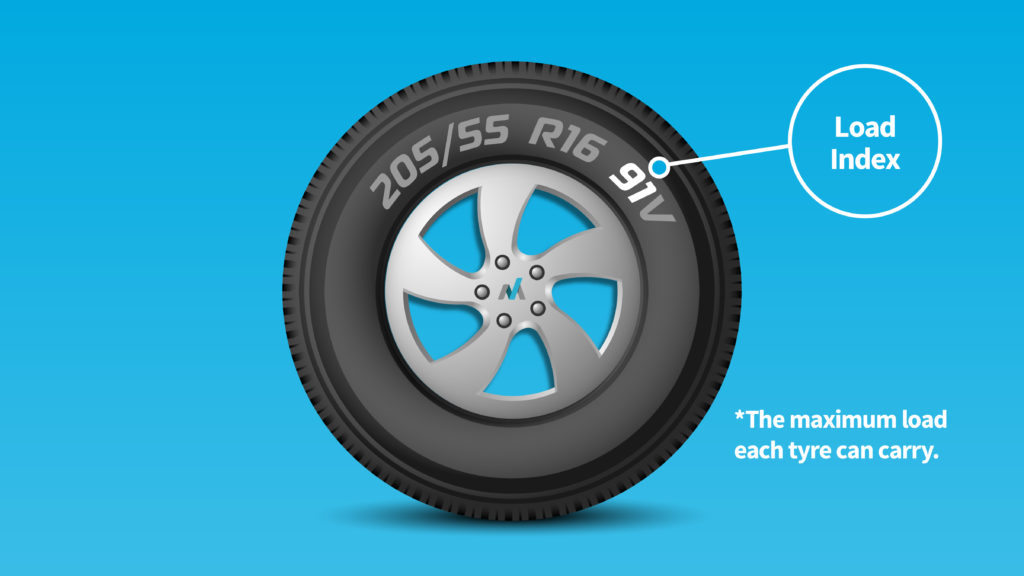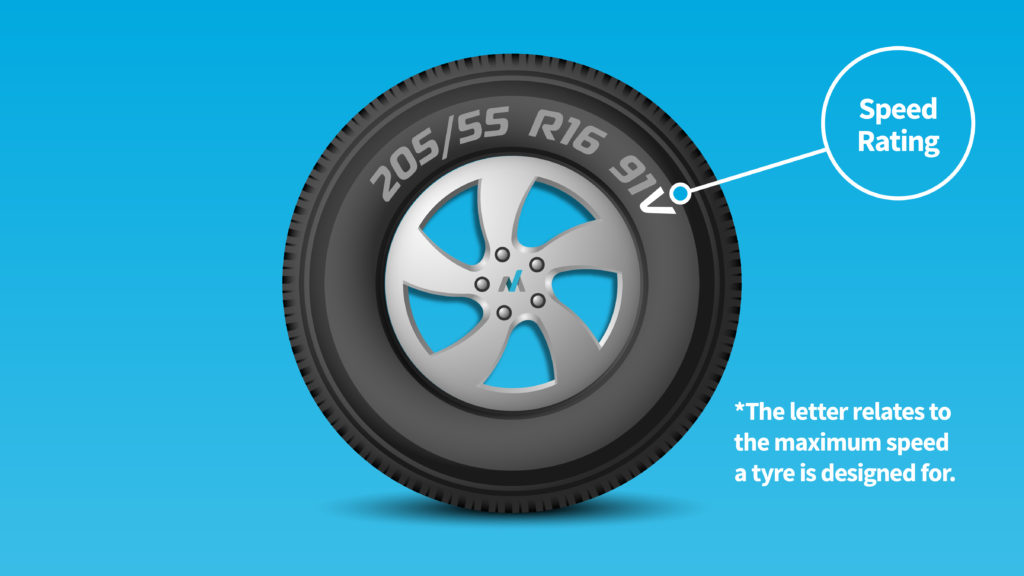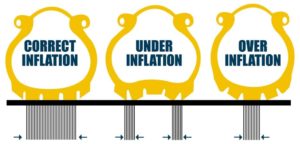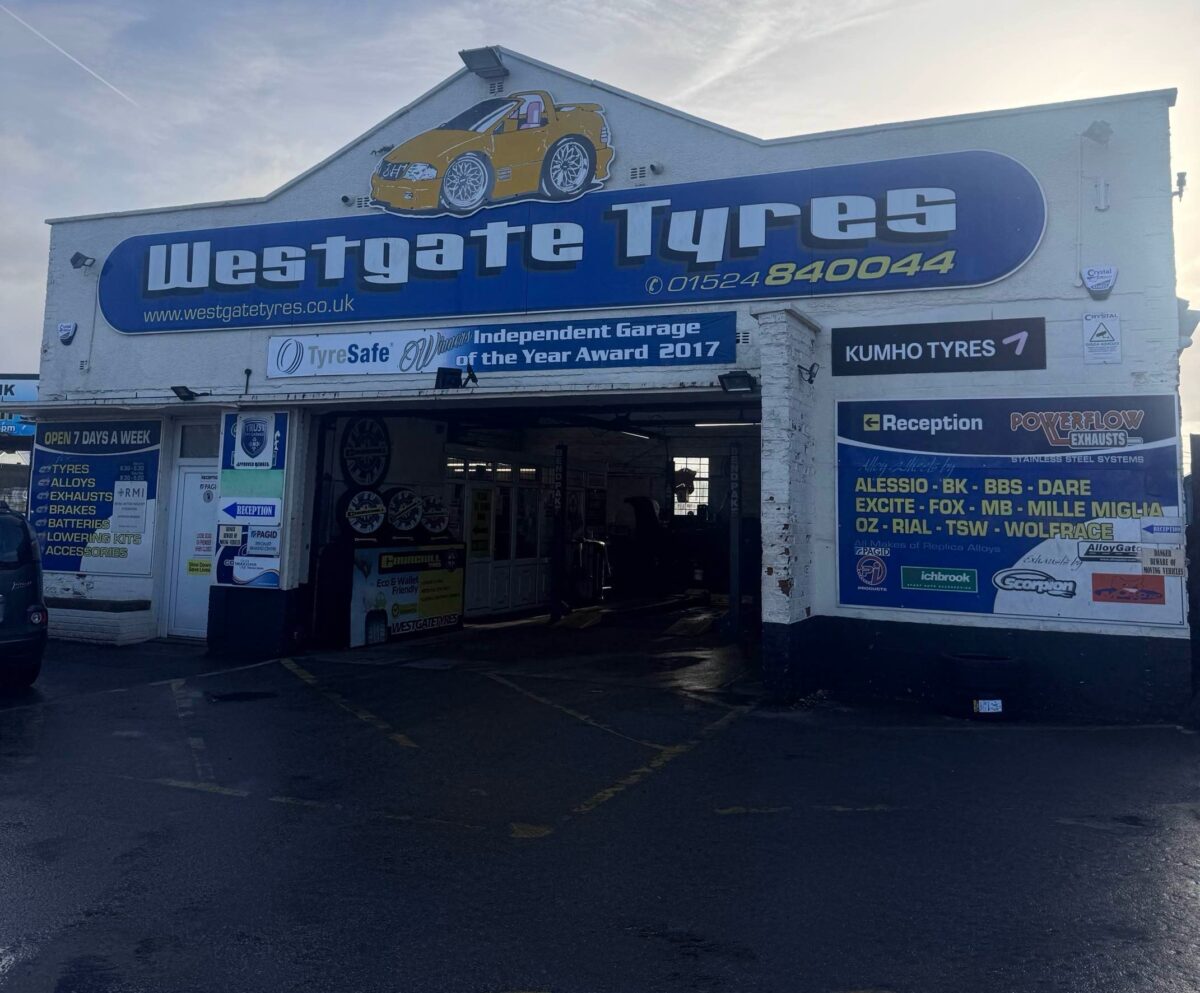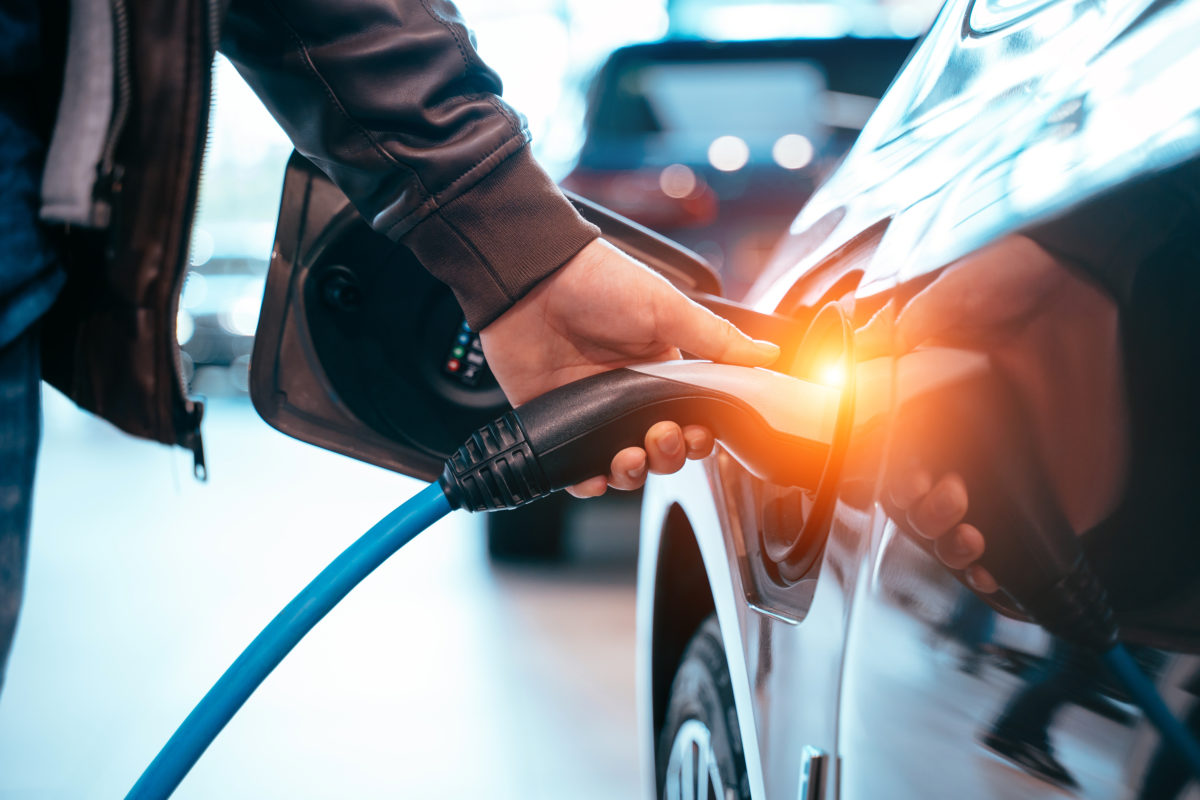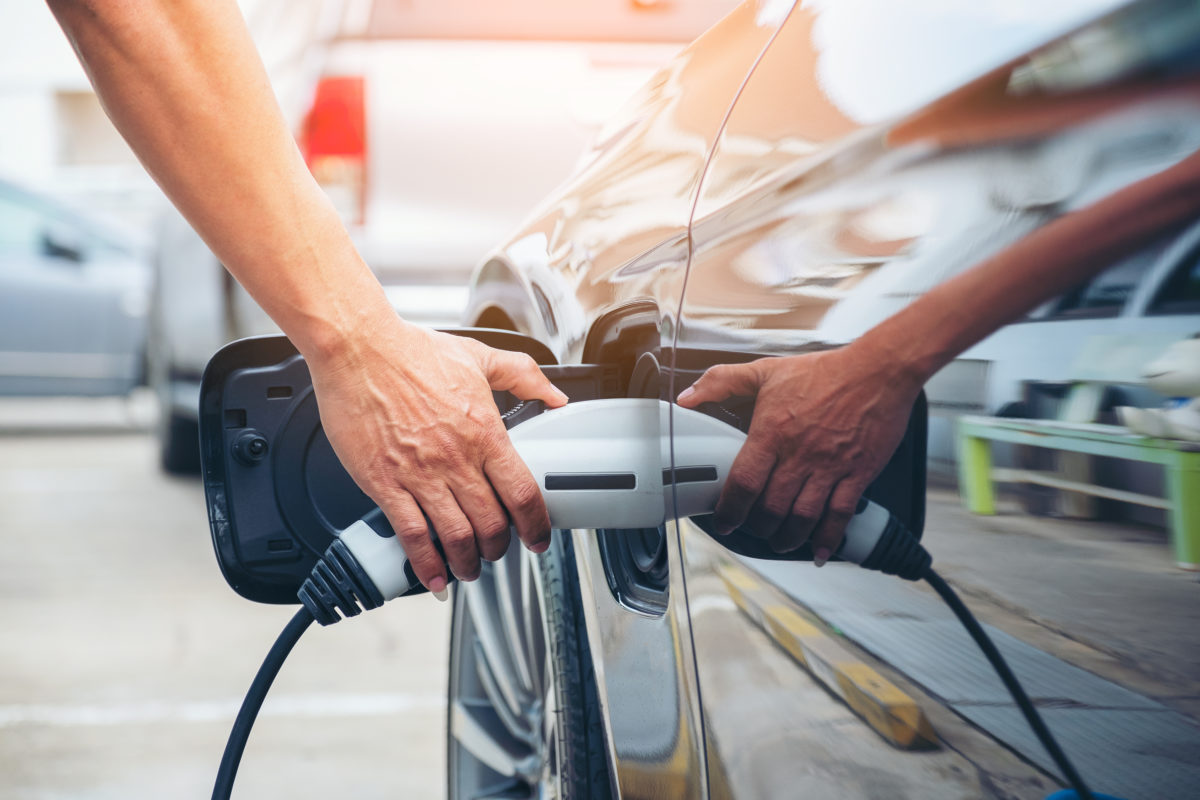It’s not just about packing the right attire (clothing) for a well-earned break, but the focus should also be on making sure that your car is holiday-ready, namely that it is in a safe and legal condition before setting off on your journey.
As well as checking that the battery is fully charged (for electric vehicles), and fluid levels are topped up (e.g. oil for petrol or diesel-powered cars), one of the key components that should not be left behind on your list of priorities is your car’s tyres.
The following are some handy tips when it comes to caring for your tyres all year round, including when travelling by car during your vacation.
1. Make sure your tyres suit your car

It’s important to spend time doing research to get the choice of tyres right, and your vehicle’s handbook should detail what type of tyre you need. You can of course also speak to and / or book an appointment at your local Motor Ombudsman-accredited garage for help with fitting and choosing your brand-new tyres.
2. Tyres are tailored to fit different cars. Size them up before you buy
Sidewall markings, made up of letters, numbers and symbols in a universally-recognised order, provide a whole host of useful information about a tyre. In fact, some of the numbers seen relate to size to allow you to get the right fit for your make and model of car.
- The first three digits on the sidewall (e.g. 205), as in the image below, is the width of the tyre in millimetres (i.e. the distance between the inner and outer sidewalls).
- The second number (55) is what’s called the profile or aspect ratio. The figure is the height of the sidewall as a percentage (%) of the tyre width.
- The letter, R in this case, relates to the internal construction of the tyre. R means “radial”, and almost all new car tyres are made in this way.
- The next two numbers (16 in this example) is the wheel rim diameter in inches.
- The final two digits (e.g. 91) relate to the load index, which is a listing of the maximum weight in kilogrammes (kg) each wheel can bear at the speed indicated by the tyre’s speed rating, when it is inflated to its maximum safe pressure. For example, a tyre with a load index of 91 can carry 615kg of weight.
- The last letter is the speed rating (e.g. V), which lets you know the maximum speed a tyre is designed for when under load.
3. Get in the groove and stay safe on the road
The role of the tread, made up of blocks and grooves on the face of the tyre, is to keep the tyre in touch with the road. The depth of the tread decreases over time with the use of the vehicle, and starts at around 8mm when a car tyre is brand new.
In the UK, the minimum legal tread depth is 1.6mm across the central three-quarters of the tyre, and the tread must be at least this figure across its entire circumference. According to the Driver Vehicle Standards Agency (DVSA), there were nearly 1.3 million MOT defects relating to tyre tread between April and December 2020.
Tread carefully…
There are three main ways of measuring the tread depth on a tyre to see whether it is above the minimum legal limit.
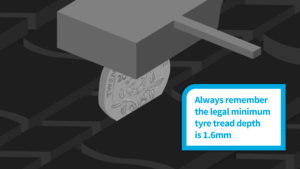
The second way to check the tread depth is to use a tread depth gauge (they can be bought for around £5), whilst the third method of knowing whether the depth is legal is via the Tread Wear Indicator (TWI) bars/blocks that sit within the tread grooves at intervals around the tyre. If the tyre tread is in line with these bars, it means it is below the legal limit.
4. Ensure your tyres look the part

5. Buy from a reputable retailer

6. Ad…dress the pressure

Pressures should be checked regularly (ideally when tyres are cold), and topped up to the correct levels. This is because under-inflation, i.e. when the pressure is too low, causes too much of the tyre to be in contact with the road, thereby increasing friction, reducing tyre life and affecting braking performance. Tyres with less air than required also leads to premature wear on the outside edges.
(Image courtesy of TyreSafe)
Conversely, over-inflation, when there is too much air in the tyre, leads to the centre of the tyre wearing out much faster than the outer edges. This can also affect the braking performance and lead to increased fuel consumption.





